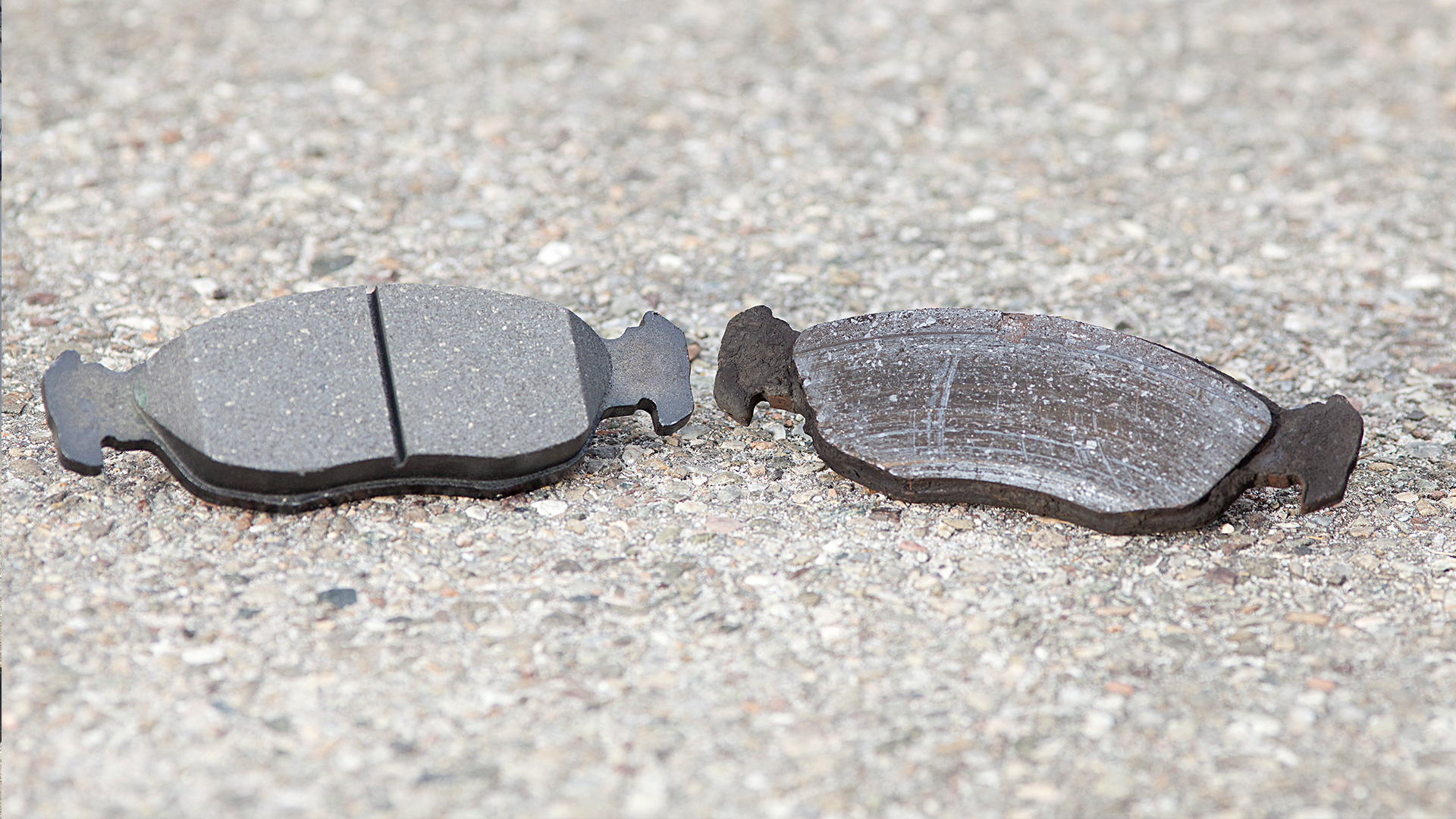P2196: O2 Sensor Signal Stuck Rich (Bank 1 Sensor 1)
Our mobile mechanics can quickly diagnose a P2196 trouble code and bring the shop to you 7 days a week. Get a quick and fair quote today.

Find Your Cost
How It Works
Tell us about your vehicle
Select your vehicles year, make, and model and the repair service you need.
Book online
Get a free quote, book an appointment, and speak to a specialist – all online!
Schedule your repair
Pick a time that works best for you and our mobile mechanics will bring the shop to you.



